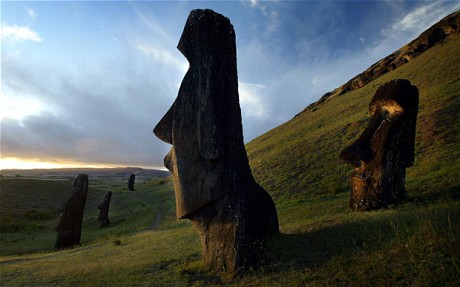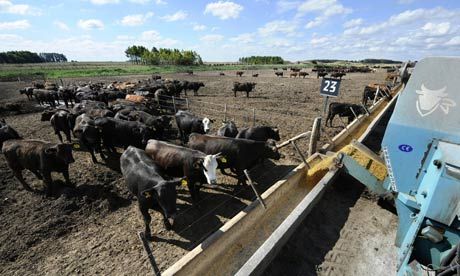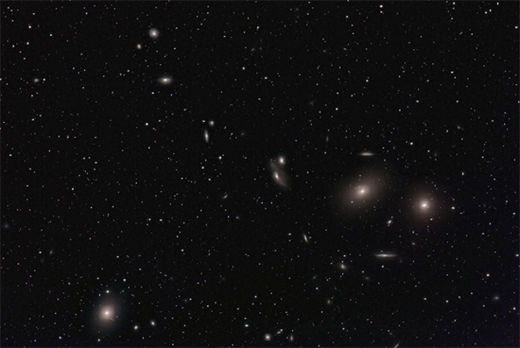
© NASAThe Voyager 1 spacecraft.
The
Voyager 1 spacecraft moves through uncharted territory, literally, on a daily basis, moving through space and sending back collected data to researchers on Earth. But a recently discovered anomaly has been discovered at the edge of the Solar System. Could it pose a problem with
Voyager 1's mission?
Voyager 1, the spacecraft launched 33 years ago to observe the largest planets circling the sun, is set to pass out of the Solar System within the next few years. It has entered what scientists refer to as the heliosphere, which is the outer border of the sun's charged particle influence. Data streaming back from both
Voyager 1 and
Voyager 2 revealed that the border with interstellar space, however, isn't a smooth "transition zone" as was theorized. Instead,
the border appears to be made up of "magnetic bubbles." Given the effects of magnetism on electromagnetic working systems, could the newly discovered "bubbles" pose a risk to
Voyager 1's interstellar mission? Fortunately for
Voyager 1 and her trailing sister craft,
Voyager 2, the answer is "no."
Caltech professor Edward C. Stone,
Voyager project scientist and former director of the Jet Propulsion Laboratory, offered reassurance in an interview in early June. "The spacecraft are unaware of all this," he said. "From a spacecraft point of view, this is a better vacuum than anything here on Earth in a laboratory. Only our sensitive instruments will tell us when the direction and the speed of the wind has changed, and when the direction of magnetic field and its strength have changed."













Comment: It's clear that these folks will not stop until they have TOTAL control of the food supply, and this 'franken-meat' is just the latest in a long series of bizarre GMO experiments they've subjected us to. As people have slowly moved away from natural foods, and particularly animal-derived products, to designer foods produced in factories, the next step is to eliminate any part that actual 'nature' plays in putting food on our plates.
For more information on GMO foods, see:
Who's Afraid of GMO's? Me!·
Latest GMO Research: Decreased Fertility, Immunological Alterations and Allergies
10 Freakiest Things About Frankenfish